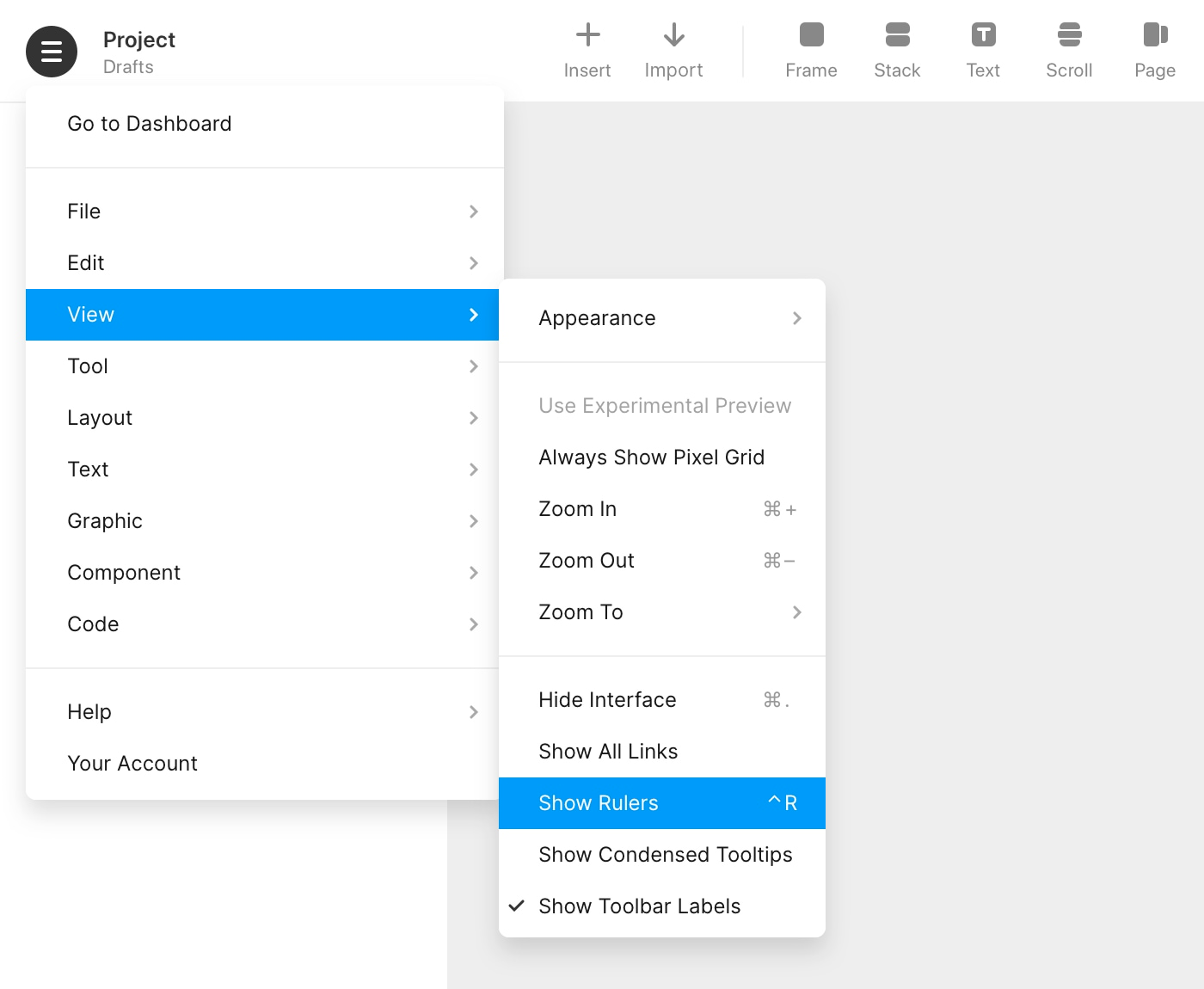

Pictured: Menu bar icon reveals a few simple menu items.Īt $10, SnapRuler isn’t cheap for the limited functionality but it does its job admirably well. In retrospect, it seems so painfully obvious that I’m surprised this isn’t part of OS X screen shots. You’re given several options to copy and paste the measurement to your clipboard in common formats, which can be configured to your preferences.Īlso SnapRuler contains the ability to save screenshots to a specified folder and conveniently names the files by: date-time-size, useful if you need to make several quick measurements but need to keep them for later. Pictured: Taking a screenshot of a screenshot app was annoying. Like Colorsnapper, when you press a combination of keys (command-shift-u), you’re presented with an onscreen magnifying glass that allows you to draw on the screen. SnapRuler is one of those tools that I use on a near daily basis.

So for 15 years, or roughly for half my life, I’ve been using screenshots as my preferred method to measure on screen elements or grab the color values.
#SNAPRULER MAC MAC OS#
In fact, I continued use this method from my first forays in web design in my Mac OS 9 days (yes, even OS 9 had command-shift-4 or command-control-shift-4 which went directly to the clipboard) all the way up until about 2 years ago. This required using Photoshop to glean the necessary information. Once upon a time, I used to use the screen shots (command-shift-4) as both as a way to grab colors from various images and as a ruler. Quite some time ago I wrote a short review of ColorSnapper. Not long after I purchased SnapRuler.


 0 kommentar(er)
0 kommentar(er)
